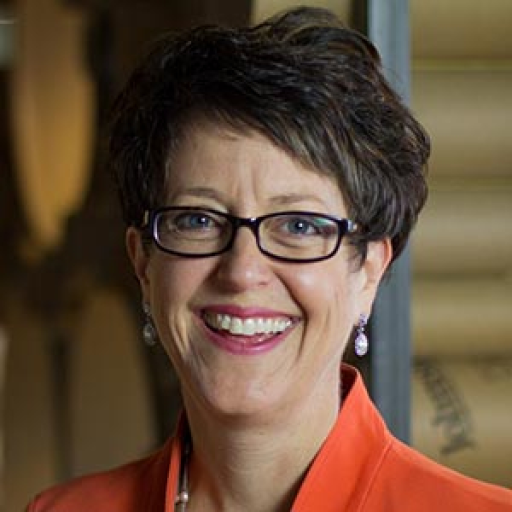Shelton Stat of the Week
Of the 39% of Americans that use natural gas, 70% would consider switching to electric. – Energy Pulse®, 2023
Why switching from natural gas to electric is personal
“Creating a low-carbon future.”
“Making the energy transition.”
“Embracing electrification.”
Those of us in the sustainability world hear phrases and terms like these a lot. In fact, we hear them so often, it might feel like we have enough momentum that these future states are just destined to happen.
But here’s the thing: creating that future state requires a LOT of individual human behavior change. We’re all going to have to actively choose using electric over burning fossil fuels. Whether it’s driving an electric vehicle, cooking on an electric stove or heating and cooling our homes with electric heat pumps, a low-carbon future is all about all of us making the right choices.
And changing behaviors – and making the “better” choice – is often really, really hard.
Here at ERM Shelton, we spend a lot of time thinking about how people make choices. We’re a sustainability-focused marketing agency, so we have to understand consumers in a way that helps us move towards (dare I say it again?) a low-carbon future. The stakes are pretty high.
That’s why this year in our 18th annual Energy Pulse® survey, we honed in on this challenge: what will it take to get people to change behaviors – from cooking, heating and driving with gas – to doing all these things with electricity instead?
Our hypothesis was that there are some pretty deep emotional connections to oil and gas and natural gas that folks in the sustainability industry overlook but that need to be addressed if we want people to move to lower carbon ways of living. The new report is available for free here.
While some insights weren’t so surprising — money and price always seem to play a role — some things were. For instance:
- Natural gas users are far more enthusiastic about their energy source than electric users are about their energy source, and even the majority of electric users believe that natural gas is the warmest and coziest option for heating a home.
- Even so, 70% of natural gas users would consider switching to electric.
- And, oddly, those that are the least willing to switch to electric prioritize energy efficiency when it comes to spending money on their homes (but believe natural gas heating is the most efficient).
There’s a lot to unpack in this report. But it does reiterate what experience and insight over the years have shown us: that sustainability on its own isn’t likely to drive purchasing decisions or behavior change. But before we get discouraged, let’s dig a little deeper.
While climate change is arguably the most catastrophic of consequences from continuing to burn fossil fuels, and the one that the global collective is most concerned about, it’s not the only consequence. Negative impacts of burning fossil fuels do hit closer to home with real-time, personal impacts. Whether it’s pollution resulting from transportation or respiratory issues caused by carcinogenic emissions from gas burning stoves and ovens, individuals that use or are exposed to burning fossil fuels are at risk. And, according to our research, those more personal and ‘close to home’ health concerns may be meaningful enough to consumers to drive the transition.
Okay, so what’s it all mean? What can we do about it?
Our latest research looks at ‘going electric’ through the lens of employment. If electric were a company (Electrification, Inc.), how would we recruit natural gas users to come over to Electrification, Inc.? What benefits package do we need to bring to the table to get people to make that switch?
To find out, we divided natural gas users into three segments derived from their reported willingness to switch to electric. Then we extrapolated, based on those segments and their key care-abouts, what messaging might work for real world marketing around appliances like water heaters, electric heat pumps, stoves and ovens. Then we looked at what, beyond the messaging, needs to happen to recruit natural gas users to the “electric” side.
Hopefully our findings will help us all get more electric appliances in homes and buildings across the U.S.
Because reaching a low-carbon future means we’ll all need to migrate from fueling our lives with natural gas to using electricity. Even though heat pumps outsold gas furnaces in 2022 and bans like this one in New York State may be on the rise, we still have a lot of work to do to make electric options more enticing to consumers.
So, grab our free report today. It uncovers what consumers are thinking and feeling around their heating and cooking sources, what messaging appeals to each natural gas user segment, and poses a simple strategy we’ll need to adopt in order to move more people towards electric options. Download it today and give us a shout when you’re ready to help move ordinary folks toward choices that support a low-carbon future.
 View all
View all 